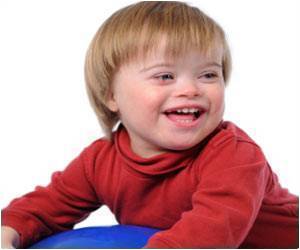Scientists have found molecular anomalies in an important brain protein due to gene mutation which may cause autism spectrum disorders.

Genetic misfolding of neuroligins is thought to prevent normal formation and function of neuronal synapses. The gene mutation has been documented in patients with autism.
"It makes sense that there's a connection. The neuroligins are involved in maintaining neuronal synapses and their malfunction is likely to affect a neurodevelopmental disease," said Palmer Taylor of UC.
Using live neurons in culture, the researchers found that different mutations caused different degrees of misfolding of the protein structure, which translated into trafficking deficiencies of varying severity regardless of alpha-beta-hydrolase protein type, yet resulted in distinctly different congenital disorders in the endocrine or nervous systems.
Taylor said identifying and describing the misfolded protein link has advanced understanding of the complex causes of certain autisms, including the influences of genes versus environment, and perhaps offers a new target for potential drug therapies.
"If the mutation is identified early, it might be possible to rescue affected neurons before abnormal synaptic connections are established" said co-author Davide Comoletti of the Skaggs School of Pharmacy.
Advertisement
The findings appeared in the Journal of Biological Chemistry.
Advertisement















